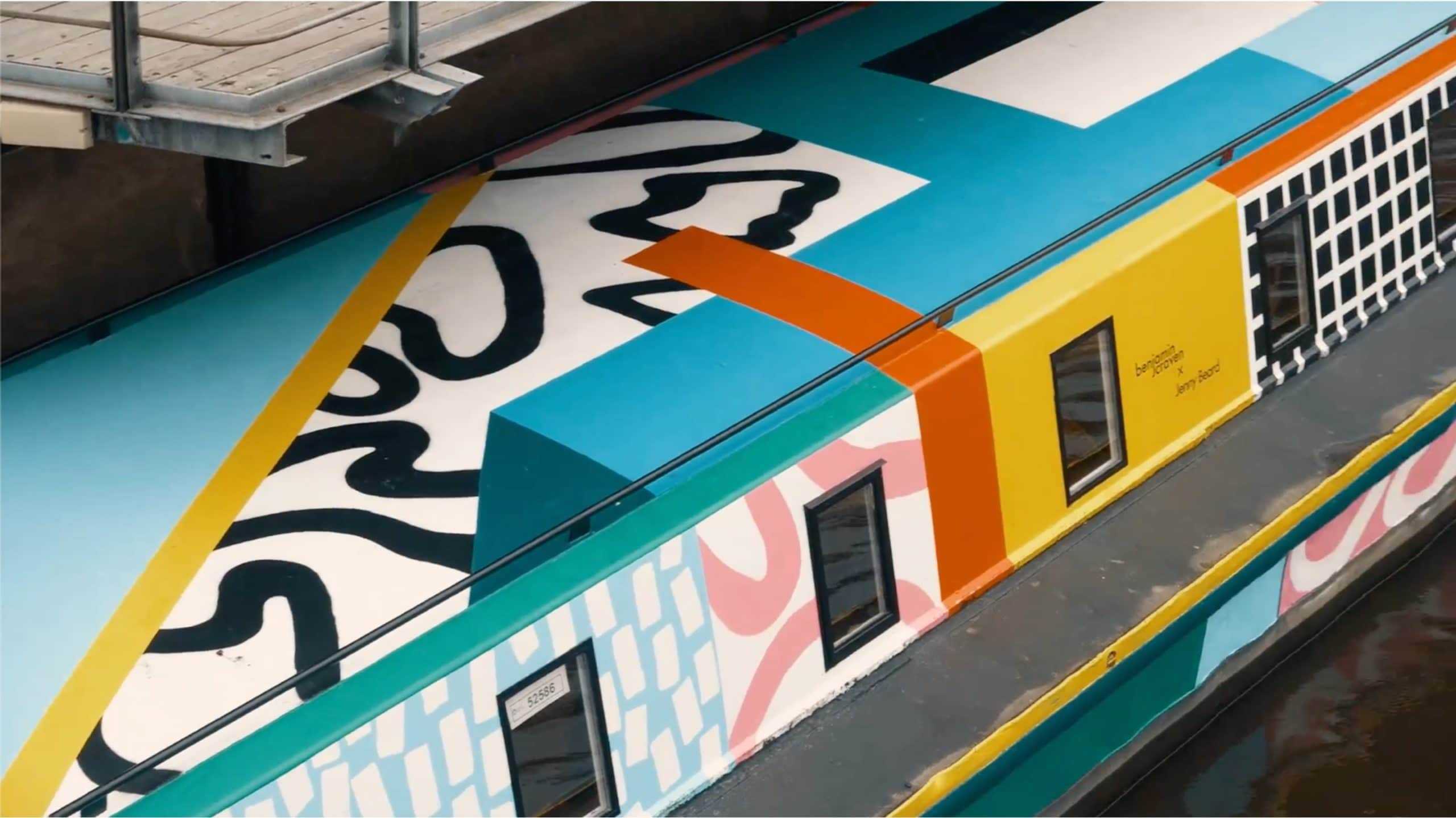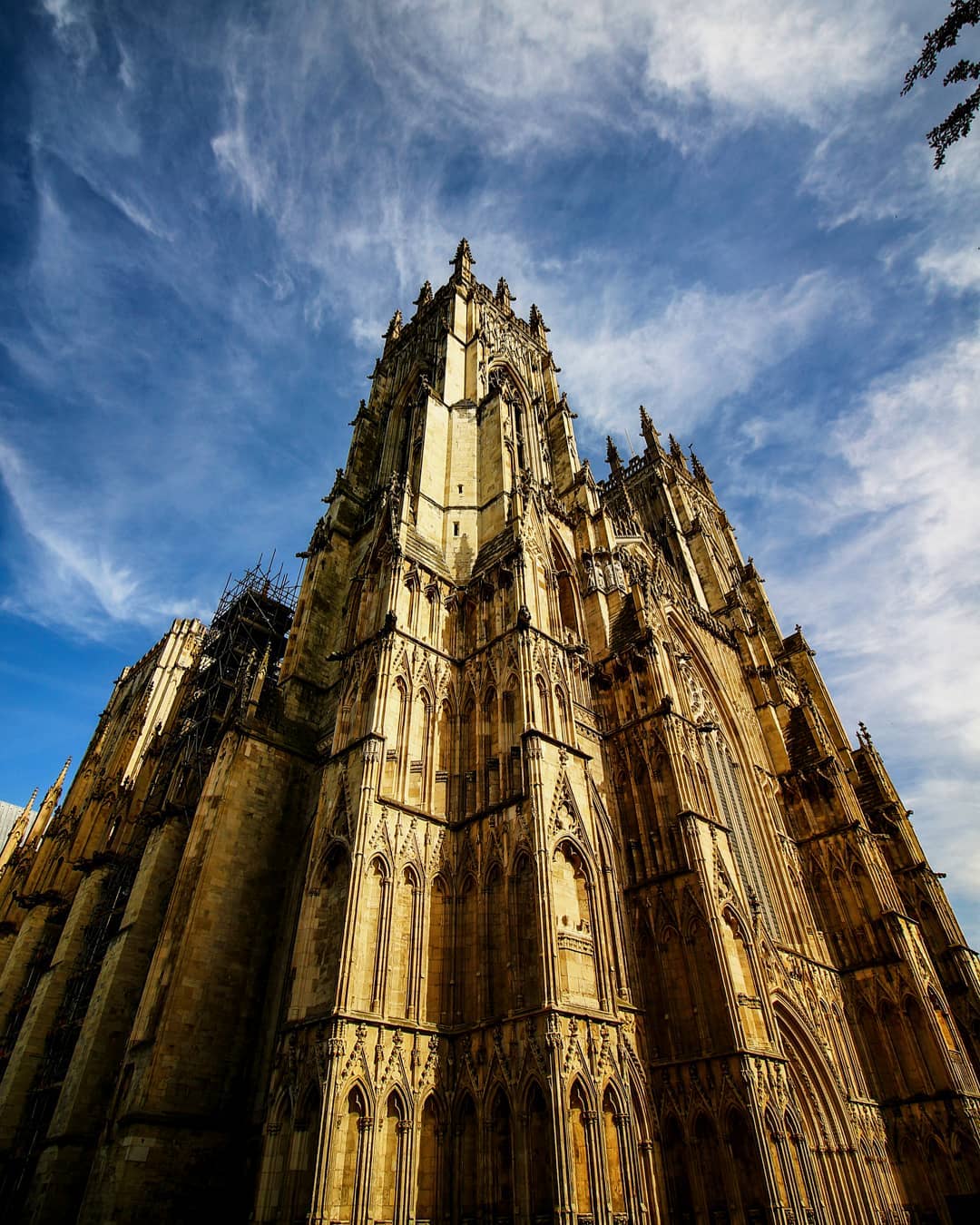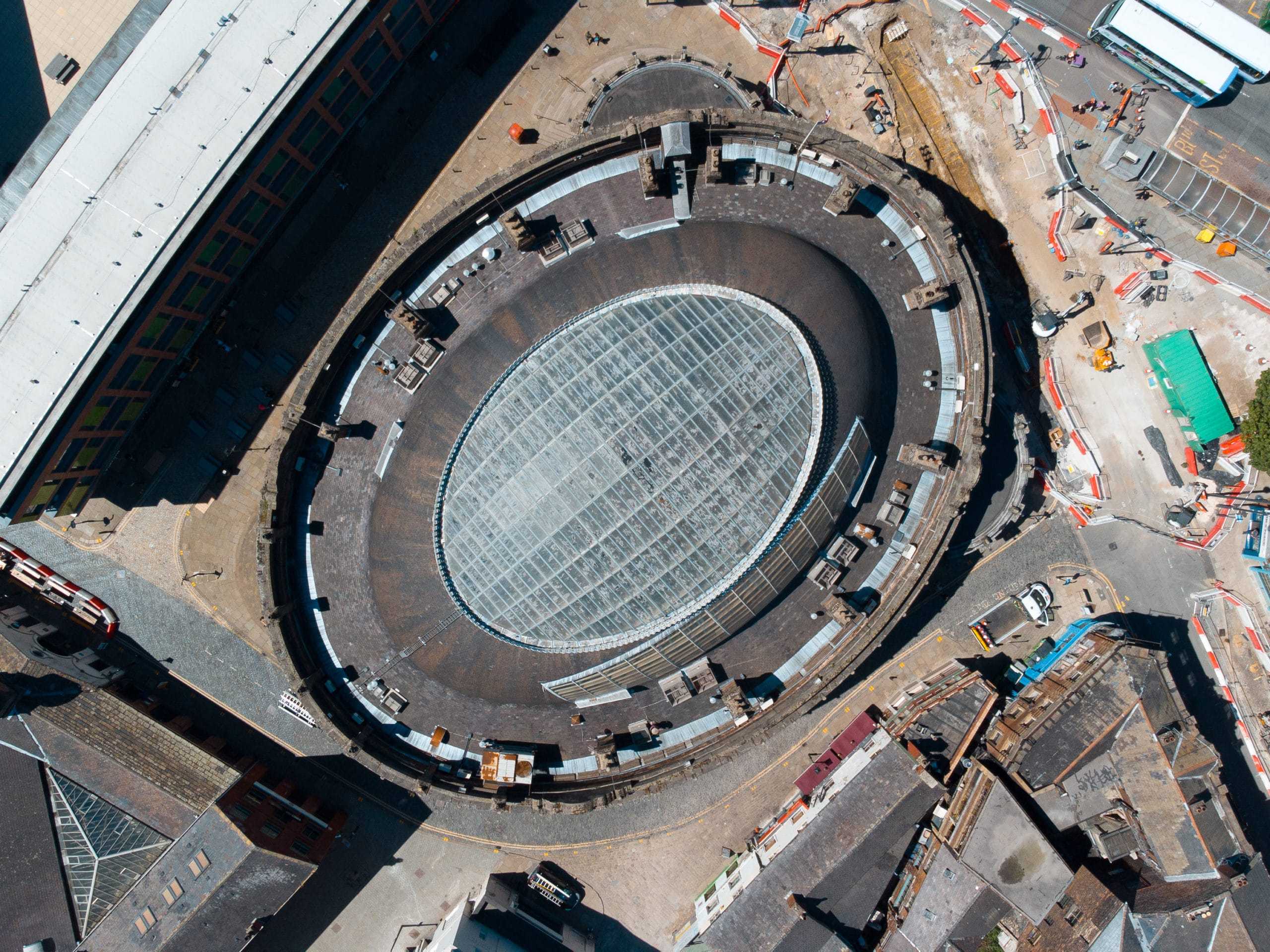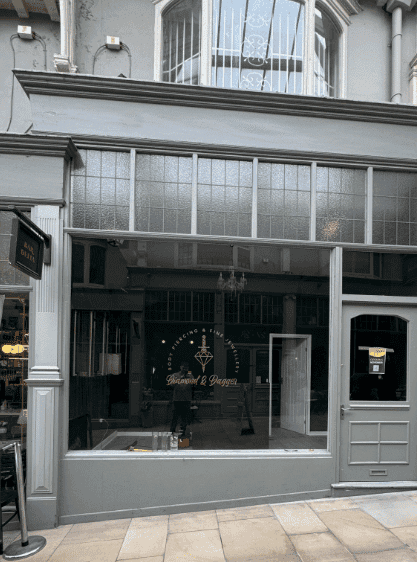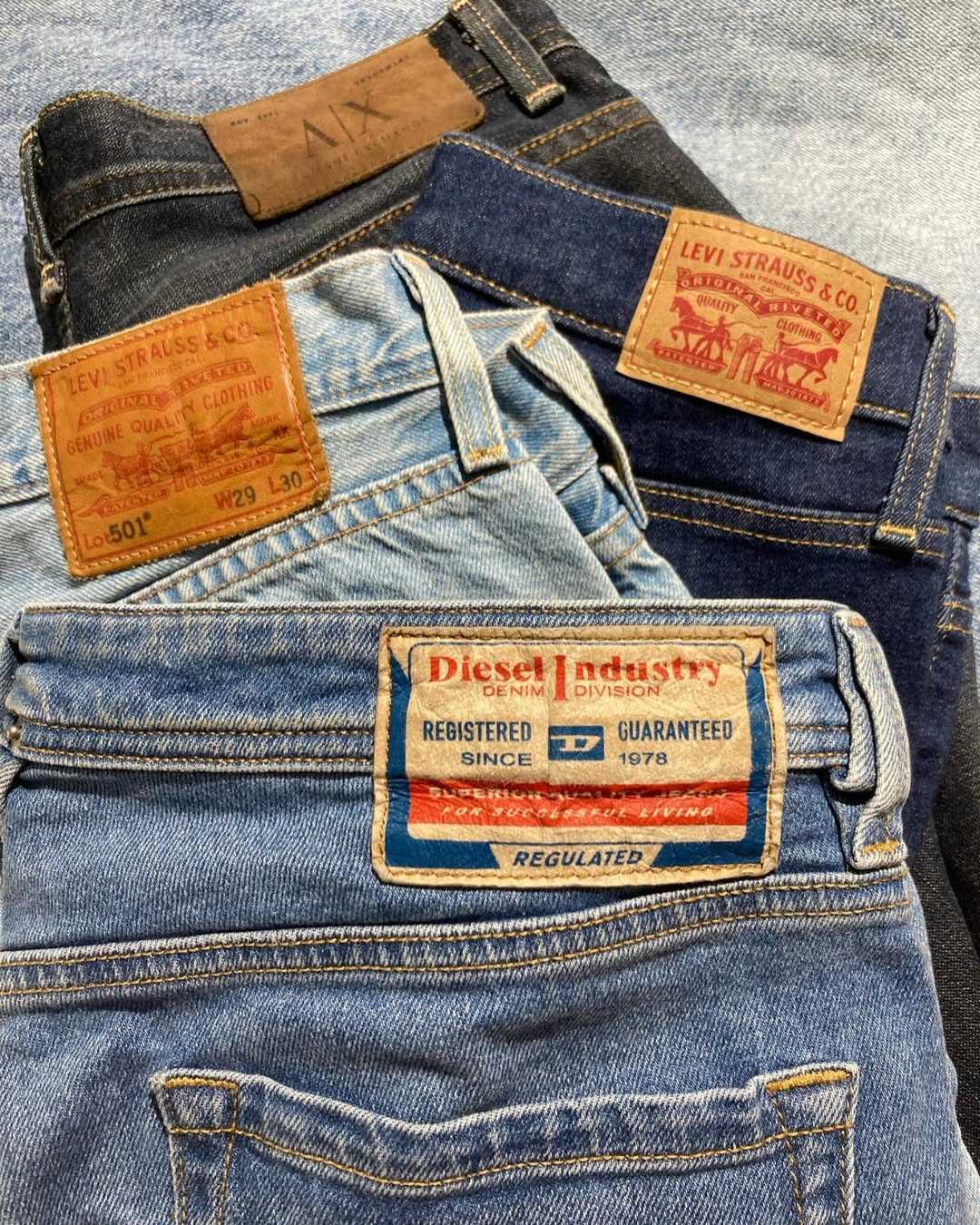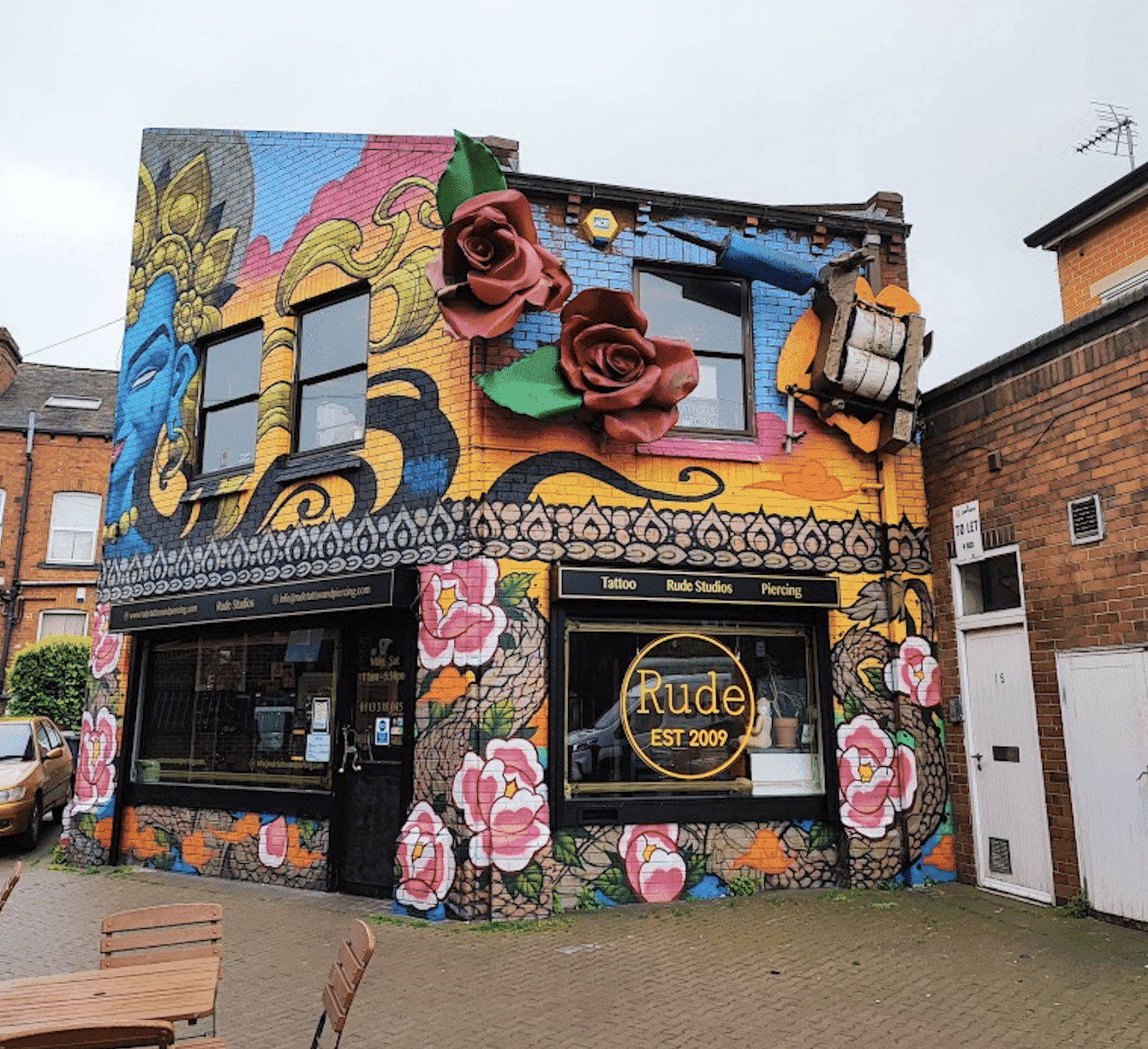Kirkgate can lay claim to a crucial piece of the city’s history, in that as far as we can tell it’s where Leeds began. With little to no written history prior to Bede’s mention in 730 AD, little is known about Leeds’ Anglo-Saxon or Roman history, the remains of the 9th/10th stone cross in Leeds Minster being one of the few pieces of evidence.
Growth was slow. For centuries the area was focussed on agriculture and basic textiles – people were simply feeding and clothing themselves with little surplus being traded. In 1470 the city was still obscure enough to be described as being ‘near Rothwell’, which was already an incorporated market town. Kirkgate and its surrounding area would have been open fields cultivated on the principle of strip farming and beyond, Leeds was covered by the thick forests of Elmet. The parish church was the focal point of this small market village.
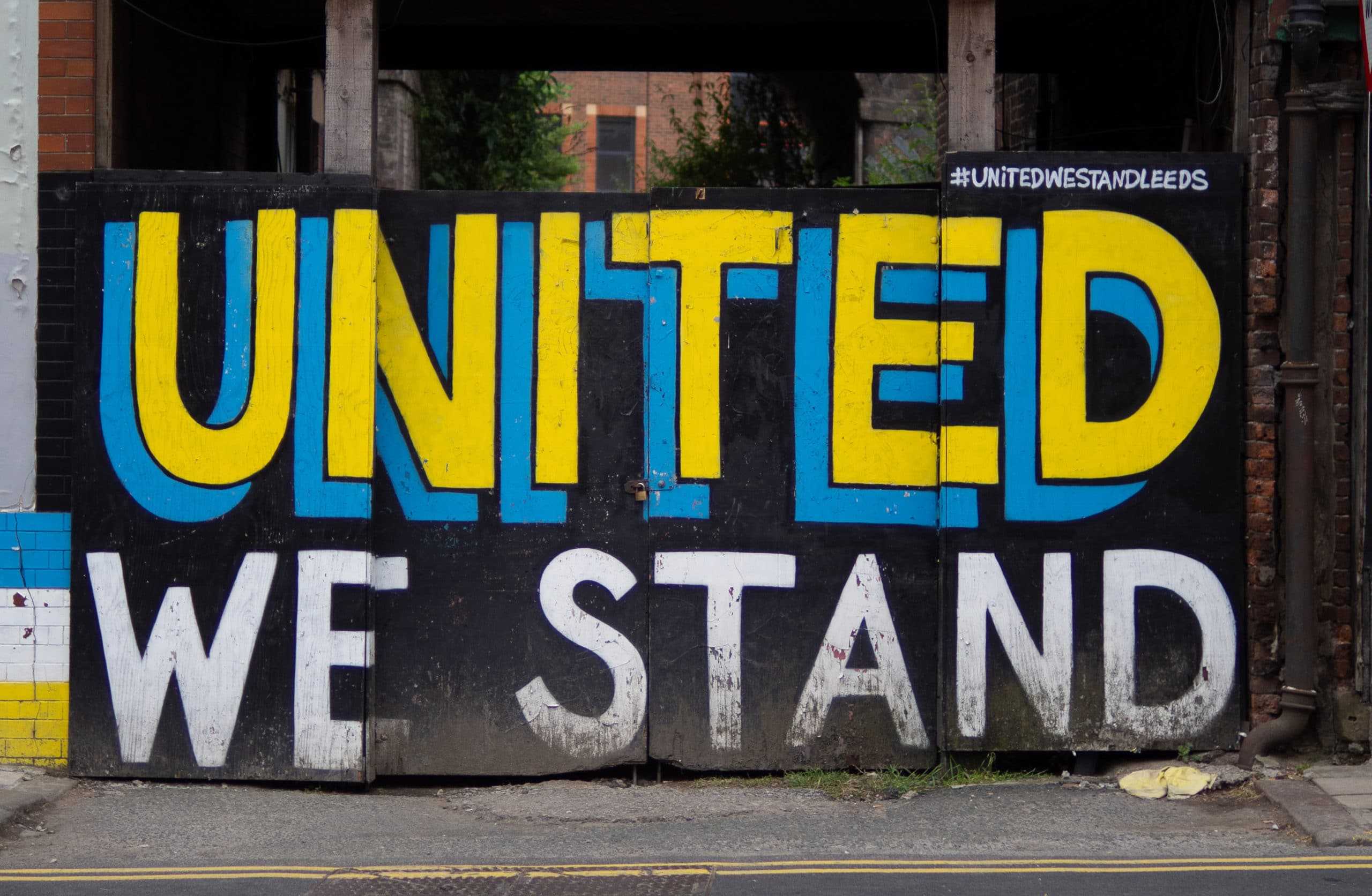
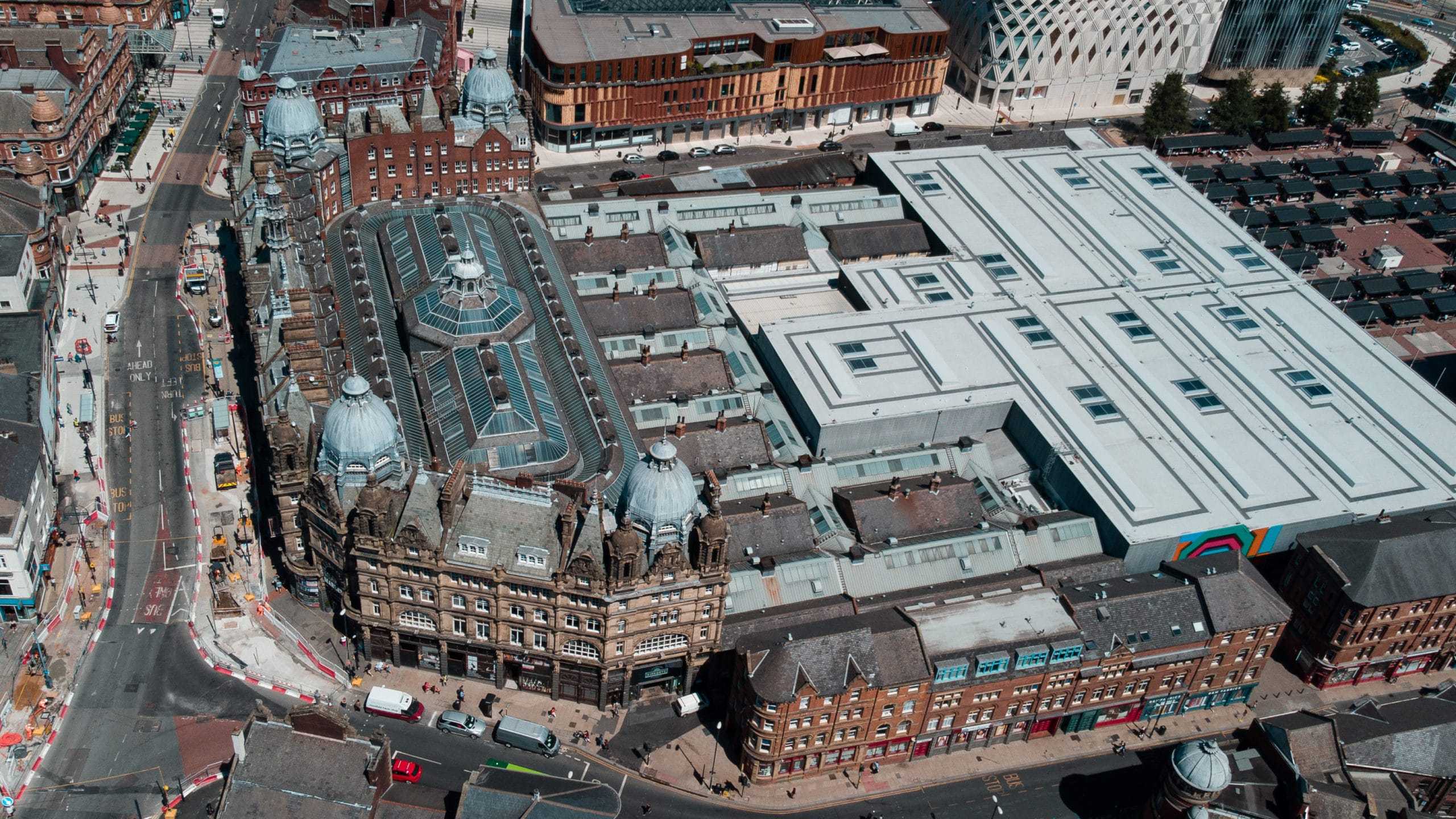
The updated charter issued by Charles II is what began the acceleration towards the place we know today. Until then Leeds had little ability to self-govern or to prosperously grow trade. The skills and infrastructure laid down by the Cistertian monks at Kirkstall Abbey centuries before were built upon. The organised trading of woolen cloth occurred in a tightly controlled market on a bridge over the Aire – Leeds Bridge today.
By the early 18th century, trade had outstripped what was possible on the bridge. Wakefield had just constructed a covered cloth hall and it seemed a good idea that Leeds should follow suit. First came the White Cloth Hall on Kirkgate, lost for decades but now beautifully restored by Rushbond plc. Then the second, built in Holbeck but only surviving 30 years before being replaced with the Third in 1775. A century later and the infamous North Eastern Railway viaduct would plough through Leeds, cutting the Third White Cloth hall literally in half. Finally a fourth was built but due to the decline in the cloth trade it was never fully used, replaced by the beautiful Hotel Metropole which incorporated the final cloth halls cupola into its roof.
Around this same time Leeds’ formerly open-air market moved from Briggate to be the covered Central Market Hall alongside Duncan Street. The Corn Exchange was completed in 1863 which together with the new markets and cloth halls, created a dense market area in the city centre. The NCP car park on New York Street? It used to be a large abattoir. Across the road where Eat Your Greens and Outlaws now live? A huge ice factory ensured the market had direct access to cooling in a world before modern refrigeration.

A quick scan of an old ordnance survey map reveals a complex web – each building serving the next. From raw material, to processing, to final goods and sale. One of the best historical resources for the city are the old Kelly’s Directories of Leeds, street by street they list the residents and businesses of Leeds past. The 1920 directory shows a hive of activity on Kirkgate – a wardrobe maker, an optician, a chemist, a tripe dresser and horse slaughterer all living and working side by side.
However Kirkgate itself began to become lost in the development going on around it. By the mid-20th century it was in massive decline. Leeds first street was in a woeful state of repair, forgotten and superseded. As depopulation and deindustrialization swept through the city in the 1960’s, Kirkgate’s once prime location began to be its undoing. As you headed down the street southeast, towards the railway viaduct cutting across it, towards the now quiet and unused waterfront, things became rather bleak.
By the 1980’s the first white cloth hall was thought entirely lost and the neighbouring Corn Exchange faced an uncertain future and was in disrepair. Whilst corn was still traded for a small portion of the week, the exchange had been flirting with other uses. The concourse saw everything from dog shows to ballroom dances and the basement had become a thriving nightclub with a notorious reputation. Even the seemingly unshakeable Kirkgate Market had been gutted by a huge fire in 1975, though reopened within a matter of days thanks to the sheer demand at the time.
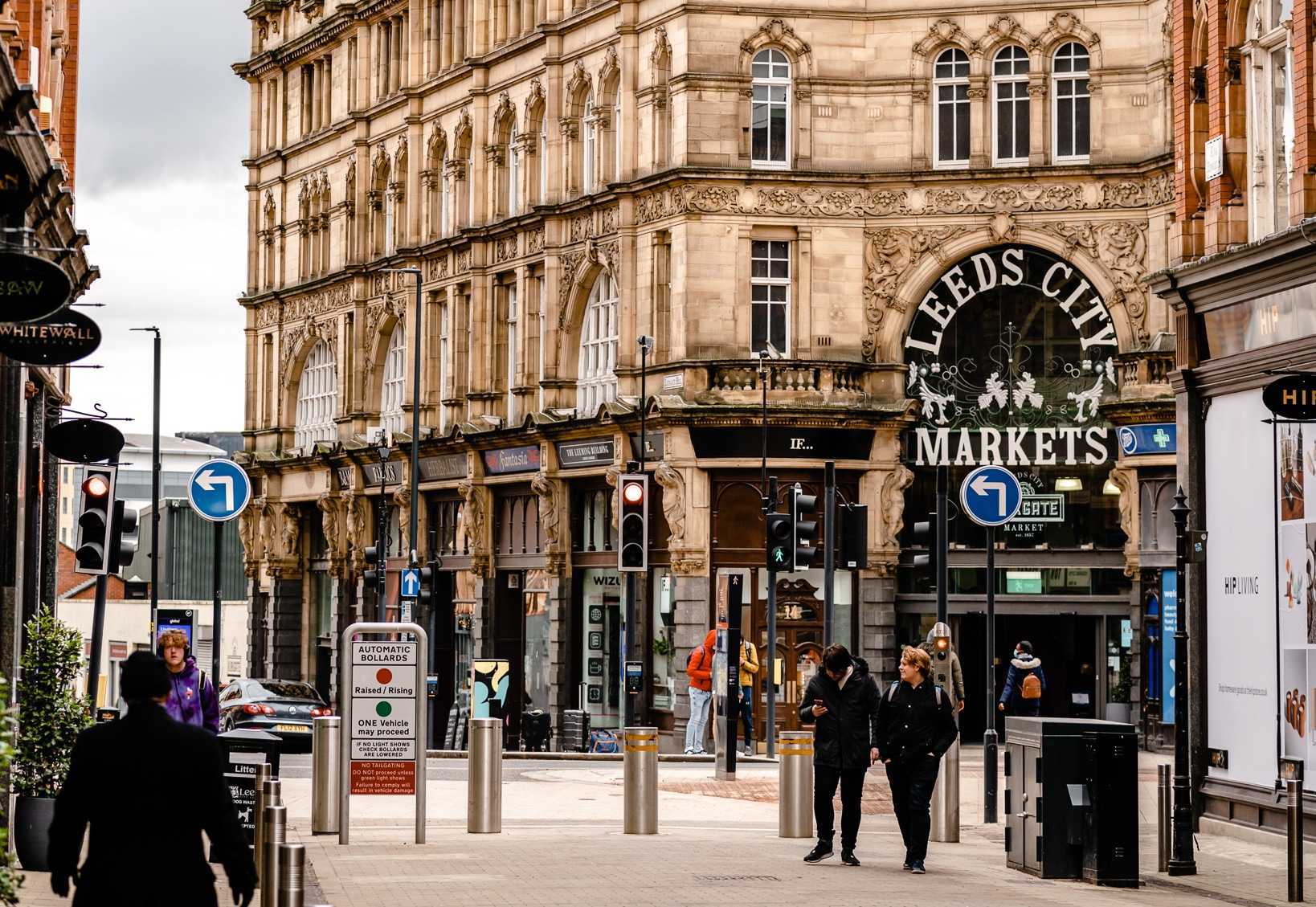
The reclamation of the waterfront in this area for residential uses in the late 1980’s and early 1990’s started creating potential for Kirkgate’s recovery. The Calls’ rebirth as a leisure and entertainment area fuelled it further. In 1990 the Corn Exchange reopened, transformed into a speciality shopping centre focusing on independent local business and has mostly thrived ever since.
This gradual development of the surrounding area coupled with Leeds City Council’s new planning statement is giving Kirkgate the chance of new life. Careful consideration has been taken to the historic importance of the street and the desperate need to preserve its heritage. Buildings like the Corn Exchange and the city’s several arcades are a great example of how well this can be done and indeed continues to be.
The Connecting Leeds scheme undertaken by Leeds City Council has seen much of the city centre like the Headrow and Cookridge Street transform into new public realms with a focus on pedestrians and public transport over cars. This project has now reached the Corn Exchange which will not only benefit from a new and improved road layout around it but the addition of an outside pavilion space, addressing the long-standing issue of the lack of space outside such a visited building.
The growth of independent business on Kirkgate and surrounding streets is a wonderful nod to their past. This was where the people of early Leeds first began to find the power to shape their own futures. Where through their skill and hard work, Leeds grew from humble village to powerhouse of the North. Upon that legacy, if we’re smart, we’ll heed the lessons hard earned and work together to create a greener and more stable city that works for all those who call it home.
Words: Shaun Page @warehouse606
Images: 1-3. Shaun Page 4-5. Stevie Campbell
